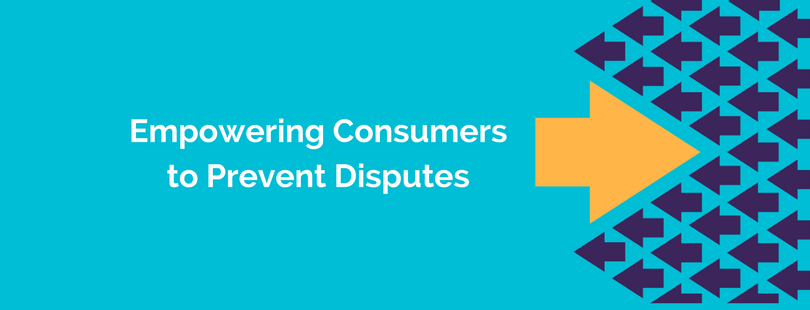
Remember the small local grocer or family-owned corner store? The owner and the staff knew most everyone who came in. Conversations carried on, big and small issues were discussed, and relationships were built. The customers at these stores felt like they knew who they were buying from, and this created a level of trust and open communication. Problems were solved easily and openly, and rarely did the customer leave in anger or was the merchant forced to deal with a formal complaint.
Friendly fraud simply didn’t happen in these businesses. There was no reason for it—customers knew they could get their purchase problems resolved with a discussion with their merchant.
Today, this kind of community relationship is disappearing. With the new CNP and m-commerce business models, this customer-merchant relationship is evolving into something less informal. It’s rare that a customer knows who they’re buying from online, and merchants rarely have a chance to directly communicate with their customers.
Friendly Fraud and Modern Business
This shift in business practices has allowed for the appearance and rapid advancement of friendly fraud. Customers can become frustrated when they don’t know who they’re buying from, then they believe they have no choice but to contact their credit card issuer and file a chargeback. Merchants are left dealing with lost revenue, lost customers, a damaged brand, and confusion over how the sale ended in a chargeback.
These friendly fraud chargebacks generally are not filed out of malicious intent. They’re filed because the customer doesn’t know what else to do. Often, these customers don’t even understand the ramifications of filing a chargeback—or that what they are doing is called filing a chargeback. The customer just knows that they have a problem and they want it solved quickly and easily. For them, the obvious option for the customer is to contact their credit card issuer and request a refund.
Helping Customers Help Themselves
The solution to this modern business problem is to restore the trust and open communication between customers and merchants. It’s time for CNP merchants to change the way they interact and communicate with their customers. By opening the lines of communication, customers feel empowered to contact them about problems and are less likely to react with a disputed transaction.
With changes in messaging, merchants can eliminate the sense of invisibility underlying the current CNP customer-merchant relationship.
- Better contact information. Clear and obvious contact information is a must. Think of how customers used to walk into a store and talk to the owner. The equivalent needs to happen today. Make sure customers know whom to contact and instill their confidence that their email will receive a response.
- Respond to customers. Nothing fuels a customer’s frustration more than emailing a merchant and not receiving a response. The customer is confused and doesn’t know what to do, so they get angry and contact their credit card issuer. Merchants must respond to customer emails quickly and do their best to alleviate customer concerns.
- Get personal. Build a relationship with customers. Email the customer and follow-up with them on their purchase. Make sure they’re satisfied, ask if they have any questions, suggestions for improvements, etc. This helps build that corner store relationship and encourages the customer to contact the merchant directly when there is a problem.
- Social media outreach. Facebook, Twitter, Instagram, and Google+ are vital to building a customer-merchant relationship. Customers use these social media tools to provide feedback, reviews, and complaints about the merchant. Merchants would do well to do the same: engage in conversations, respond to feedback (good and bad), and follow up with customers who post on social media channels. Thank customers for supporting the business, and provide perks for these customers who do reach out.
This all comes down to being visible. When the open communication is invited and established, it’s possible for trust and confidence to be restored or built anew between the customer and the merchant.
Customer-Merchant Communication
Customers need to believe that their problems are best solved by contacting the merchant directly. The common reasons for friendly fraud chargebacks, owing to confusion over an order, forgetting that they bought it, or the product not being as described, are now resolved with emails, conversations, and open communication.
The pressure is on merchants to foster this customer-merchant relationship. Be visible, communicate openly, and strive to build a platform of trust for your customers. Using a payment solution that supports this open communication can make it easier for you to support and foster this relationship. Learn how Order Insight® can eliminate invisibility and create reliable customer-merchant relationships.